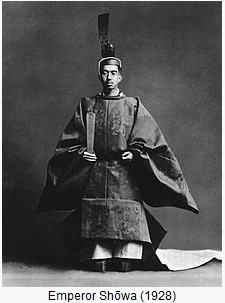Japanese patent numbers drive me crazy!
Hate, hate is a strong word but when it comes to Japanese patents and their patent number system, I cant help but feel....lets say.. fustrated.
But to monetize an invention and prevent litigation in the Japanese market this is something we must all learn
Japenese patent numbering system have various numbers for publication numbers, examination number and granted patent number.
On top of this (this is where it gets even trickier), they have the Emperor Year system.
I will try my best to explain it here.
Any Japanese patents filed or published before 1989 falls under the last year of Showa

For these patents (sometimes including those filed in 1989) the number has the format S64-xxxxx or JP64-xxxxx where 64 would equate to patents published in 1989. If you were to look for a patent published in 1988 you would use 63 instead.
Patent before the year 2000 you will have to use Emperor year which corresponds to the Heisei-era

These patents are often listed as H01-xxxxx or JP01-xxxxx so 1 representing 1989 and 11 for 1999
So between 1989 to 1999 you will find patents published under this particular format.
Luckily for any patents filed in 2000 or after the patent format follows a more simple format of JP2000-xxxxx where the year will be listed at the front of the patent.
So, I hope this has helped, I know I would have liked this information when I first started looking at patents!
If you have any pet-peeves about different jurisdictions patent numbering system let us know! Do you think we should have a more worldwide unified numbering system, something more similar to WIPO ?
Or do you like some of the unique numbering systems like the patent office's of India (IN473MUM2005A)
What would you prefer if there was one unified numbering system?
Let us know below!
Comments
0 comments
Please sign in to leave a comment.